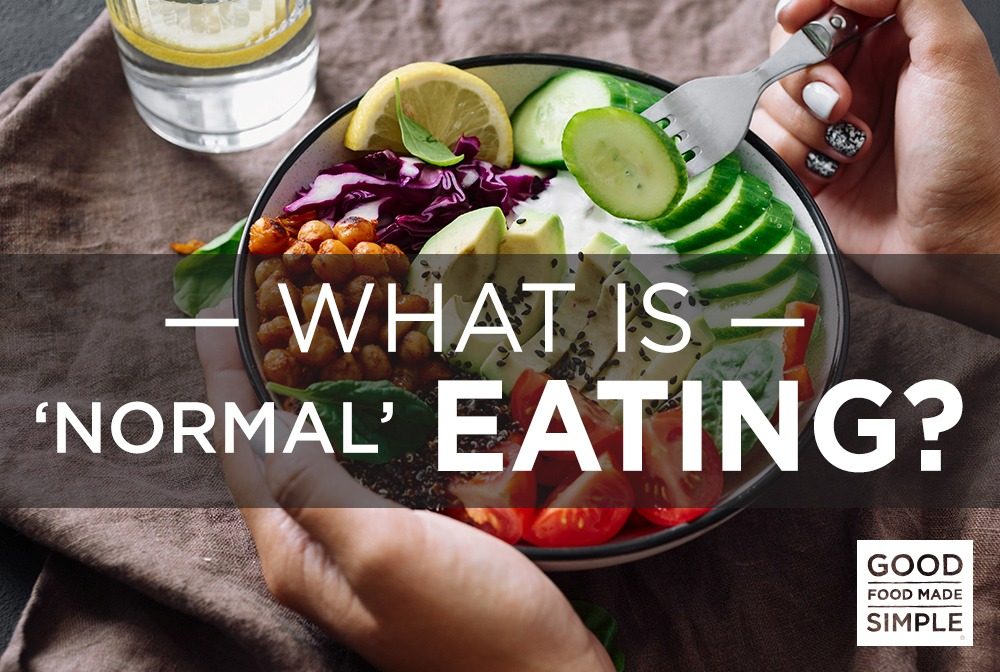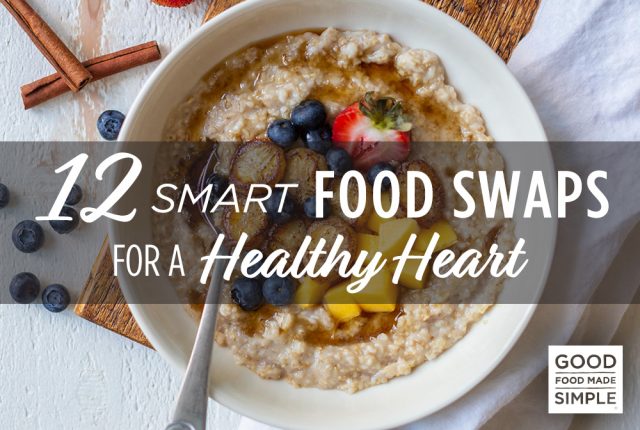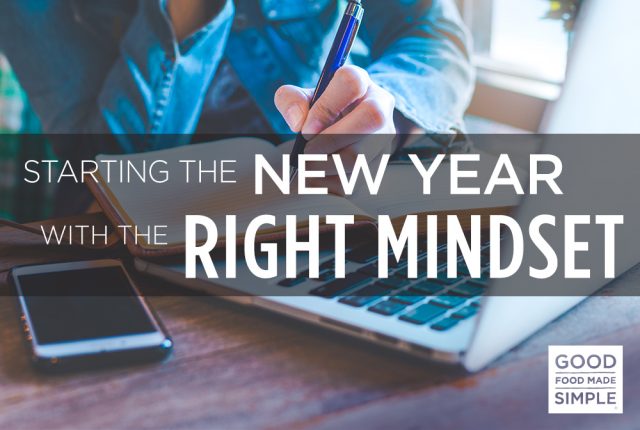
25 Active Date Ideas
While going on dates can certainly be fun, a typical night out with a romantic partner often ends up being focused on eating ...
read more
At this time of the year when so many people are making goals around food and eating, it might be helpful for you to know what “normal eating” actually is. That’s a confusing topic, right? Everyone has their own ideas. But it becomes a lot more clear when you factor in food behaviors rather than only focusing on the food choices themselves.
For example, what if you decided to cut out sugar but you find yourself bingeing on sweet treats every weekend? Essentially, having a bunch of food rules may only lead to extreme behaviors which aren’t healthy or “normal eating”.
This quote, from dietitian and author Ellyn Satter, will help explain what I mean:
“Normal eating is going to the table hungry and eating until you are satisfied. It is being able to choose
Normal eating is being able to give some thought to your food selection so you get nutritious food, but not being so wary and restrictive that you miss out on enjoyable food. Normal eating is giving yourself permission to eat sometimes because you are happy, sad or bored, or just because it feels good.
Normal eating is mostly three meals a day, or four or five, or it can be choosing to munch along the way. It is leaving some cookies on the plate because you know you can have some again tomorrow, or it is eating more now because they taste so wonderful. Normal eating is overeating at times, feeling stuffed and uncomfortable. And it can be undereating at times and wishing you had more. Normal eating is trusting your body to make up for your mistakes in eating.
Normal eating takes up some of your time and
What this definition does is normalize a wide variety of eating behaviors. Eating should be flexible, variable, satisfying, nourishing and enjoyable. It shouldn’t be obsessive, preoccupying, rigid, overwhelming or worrisome. That’s no way to live!
But if you find yourself swinging between restriction and chaos, this can feel very outreach. So how do you get there? Here are a few ideas:
Becoming a normal eater is possible for everyone. In fact, you aren’t learning something new, you are remembering something you were innately born with. Keep that in mind as you practice – you CAN be a normal eater!
Article courtesy of: Emily Fonnesbeck RD, CD

25 Active Date Ideas
While going on dates can certainly be fun, a typical night out with a romantic partner often ends up being focused on eating ...
read more
12 Smart Food Swaps For A Healthy Heart
February is American Heart Month, and one of the best ways to maintain good heart health is to watch what you eat. Instead of...
read more
Starting the New Year With the ‘Right’ Mindset
With the holiday finally over and the new year upon us, I’d be shocked if you haven’t thought about New Year's Resoluti...
read more